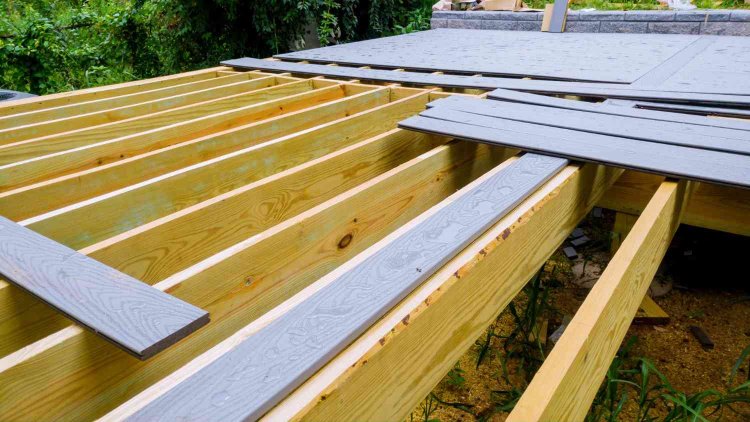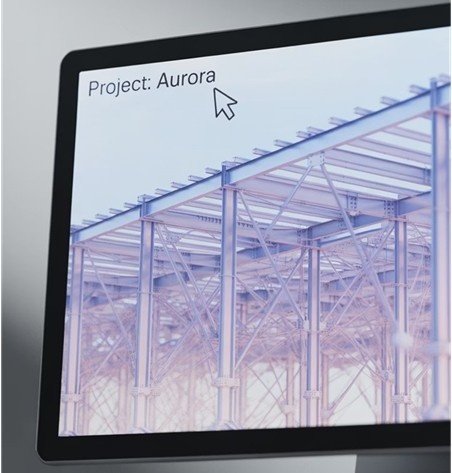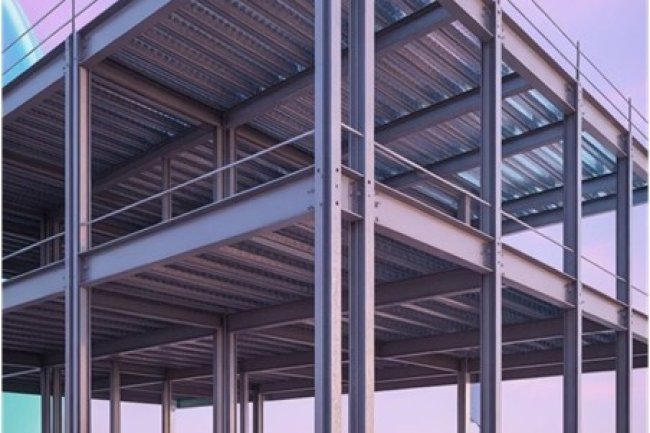Global Standards Gap: Deck Detailing Codes Across Borders
When global contractors embark on cross-border projects, they quickly discover that structural deck detailing isn't a one-size-fits-all discipline. From the bustling construction sites of Mumbai to the precision-engineered projects in Frankfurt and the innovative developments across American cities, deck detailing codes vary significantly. Understanding these differences isn't just technical knowledge—it's essential for project success, safety compliance, and cost management in today's interconnected construction industry.

The Three Pillars: AISC, IS Codes, and Eurocodes
AISC Standards (USA)
The American Institute of Steel Construction sets the foundation for steel deck detailing across the United States. Known for its comprehensive load and resistance factor design (LRFD) methodology, AISC standards emphasize performance-based design with detailed specifications for composite deck systems, diaphragm action, and joist coordination.
IS Codes (India)
Indian Standards, particularly IS 800 for steel structures, reflect the country's unique environmental challenges and material availability. These codes incorporate specific provisions for tropical conditions, seismic considerations, and locally manufactured steel grades, creating distinct requirements for deck detailing and structural coordination.
Eurocodes (Europe)
European standards represent a harmonized approach across 27+ countries, balancing diverse national practices with unified safety principles. Eurocodes offer sophisticated partial factor methods and detailed guidance on steel-concrete composite systems, making them highly regarded for their technical precision.
Load Factors: Where Safety Meets Mathematics
Critical Differences in Safety Margins
Load factors represent one of the most significant variations between international codes.
-
AISC typically employs load factors ranging from 1.2 to 1.6 for different load combinations.
-
Eurocodes use partial factors that can vary from 1.35 to 1.5, depending on the load type and combination.
-
Indian Standards often incorporate higher safety factors to account for construction practices and material quality variations, sometimes reaching factors of 1.5 to 2.0 for critical structural elements.
Impact on Deck Design
These variations directly affect deck thickness, span capacity, and connection details. A composite deck system designed for European standards might require significant modifications to meet AISC requirements, potentially affecting project timelines and costs.
Understanding these nuances early in the design phase prevents costly revisions and ensures structural integrity across different regulatory environments.
Material Specifications: Beyond Steel Grades
Steel Grade Classifications
AISC recognizes ASTM steel grades like A992, A572, and A36, each with specific yield strengths and chemical compositions. European standards reference S235, S355, and S460 grades under EN 10025, while Indian standards specify Fe 410, Fe 500, and Fe 550 grades with distinct requirements for weldability and ductility.
Concrete Specifications
Composite deck systems require careful attention to concrete grades and properties. American standards typically reference concrete strengths in psi (3000–5000 psi), while European and Indian standards use MPa measurements with different testing methodologies and acceptance criteria.
Connection Requirements
Welding procedures, bolt specifications, and stud connector requirements vary significantly between codes, affecting both the design process and field installation procedures for deck systems.
The BIM Integration Challenge
Modern deck detailing relies heavily on Building Information Modeling (BIM) for coordination and accuracy. However, different international standards require distinct modeling approaches, parameter definitions, and output formats.
1. Model ParametersEach code system requires specific parameters for load paths, connection details, and material properties to be embedded within the BIM model, creating complexity for firms working across multiple jurisdictions. 2. Coordination RequirementsStructural coordination between deck systems, joists, and primary framing varies between standards, requiring careful attention to clash detection and resolution protocols in the BIM environment. 3. Documentation StandardsDrawing standards, annotation requirements, and detail conventions differ significantly between American, European, and Indian practices, necessitating specialized expertise for each market. |
|
Why Localized Expertise Matters
Beyond code knowledge — successful international deck detailing requires deep familiarity with local practices, materials, and regulatory pathways to avoid costly redesigns and delays. Localized expertise → lower risk
Beyond Code Compliance
Successfully navigating international deck detailing requires more than code knowledge — it demands an understanding of local construction practices, material availability, and regulatory approval processes.
Experienced firms recognize that a deck system optimized for American construction methods may require significant adaptation for Indian manufacturing capabilities or European installation practices. Localization extends to connection details, fabrication tolerances, and field coordination procedures.
Financial and Schedule Implications
The financial implications are substantial. Projects that fail to account for local standards from the outset often face costly redesigns, material waste, and schedule delays that can impact overall project viability.
Investing time early in localization reduces change orders, shortens approval cycles, and protects project margins while improving predictability for stakeholders.
Practical Localization Workflow
Best practice workflow elements include early material sourcing reviews, fabrication pilot runs, code-compatibility checks, and locally-led site coordination. Building these checkpoints into the BIM coordination process prevents surprises during construction and enables efficient handover.
Key Considerations
- Local material availability and costs
- Fabrication capabilities and tolerances
- Installation practices and labor skills
- Regulatory approval timelines
- Quality control procedures
- Seismic and environmental factors
How We Help
- Local code compliance review
- On-site fabrication coordination
- Localized BIM templates and LOD alignment
- Material passport and traceability setup
Consac LLC: Bridging Global Standards
Expertise that ensures compliance and optimization across international deck detailing projects.
Multi-Code Expertise
Our team brings deep experience in AISC, Eurocode, and IS standards, ensuring your deck detailing projects meet local requirements while maintaining global consistency. We understand the nuances that make the difference between compliant and optimized designs.
Advanced BIM Integration
Our BIM-centric approach incorporates code-specific parameters and coordination requirements from project inception. This ensures seamless integration with structural steel design, joist detailing, and overall project coordination across international standards.
Cross-Border Coordination
From industrial projects requiring heavy-duty deck systems to innovative cold-formed steel applications, we provide the specialized knowledge needed for successful multi-jurisdictional projects, ensuring compliance and optimization at every level.
What's Your Reaction?

















